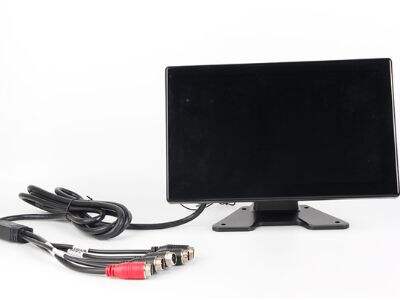What can bring water level sensor breakdown in harsh places, do you know? Let’s examine why this is — and how it can impact our day-to-day lives.
Chemical and salt-water corrosion:
Water level sensors may rot if you allow them to become covered with chemicals or salt water. Corrosion is when metal materials begin to break down because of chemical reactions. This can occur if the sensor touches salt water, which can be found in oceans and seas. Corrosion can interfere with sensor function, causing inaccurate readings and possible hazards.
Extreme temperatures and weather:
Waterlevel sensors may also be effected by temperature and weather extremes. And when they are exposed to hot or cold temperatures for extended periods, their materials can begin to degrade. This can result in them failing to work properly and providing inaccurate readings. Sensors may also be damaged by weather, such as heavy rain, snow, or high wind, which can further degrade the performance and reliability of the sensors.
Debris and sediment effects :
Another reason for the water level sensor not working can be due to buildup of debris and sediments. Leaves, branches or trash often become stranded on a sensor, clogging its ability to precisely read water levels. Sedimentation, in which soil and rocks surround sensors, can also affect how they work. Sensors can fail when they become coated in debris and sediment, resulting in water level readings that aren’t correct.
Electrical issues from moisture infiltration:
Water level sensors could also suffer from electrical problems created by water entering the device. Sensors can short circuit if water or the vapors it forms in droplets can reach them. Short circuiting is what happens when an electrical circuit shuts down because some part of it isn’t supposed to be there. Sensors can malfunction and give incorrect readings if they short circuit, creating safety and accuracy risks.
Constant Monitors vibration and mechanical stresses to which they are subjected:
Finally, due to continuous vibration and mechanical stress, water level sensors may be prone to damage. Sensors may be subject to vibration, for example vibrations that result from machinery or vehicles, and components of the sensors may work loose or become damaged. Mechanical stress (i.e., pressure or applied force) acting on the sensors may also be responsible for their damaged and thereby non-functional state. Such approach may cause the sensor to breakdown and inaccurate water levels measurements.
Summary
In summary it can be seen that when the water level sensor malfunctions in a severe environment there are many causes such as corroded by chemicals and saline water, cracked by high high and low low temperature and climate, hit by foreign matter and the sediment, slight short by moisture intrusion, and miling by the constant vibration and mechanical stress. In the knowledge of these causes, it is possible to maintain WL sensors against them and their impact so that we can measure and monitor water levels. Stand by for more info and how to maintain water level sensors with KYSAIL!

 EN
EN
 AR
AR
 HR
HR
 CS
CS
 DA
DA
 NL
NL
 FI
FI
 FR
FR
 DE
DE
 EL
EL
 IT
IT
 JA
JA
 KO
KO
 NO
NO
 PL
PL
 PT
PT
 RO
RO
 RU
RU
 ES
ES
 SV
SV
 IW
IW
 ID
ID
 LV
LV
 LT
LT
 SR
SR
 SK
SK
 SL
SL
 UK
UK
 SQ
SQ
 ET
ET
 HU
HU
 TH
TH
 TR
TR
 FA
FA
 AF
AF
 MK
MK
 KA
KA
 UR
UR
 BN
BN
